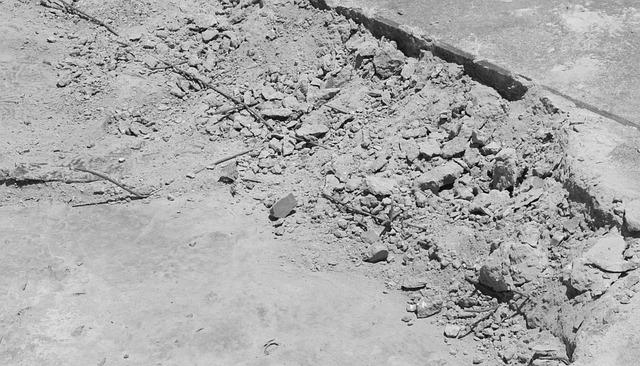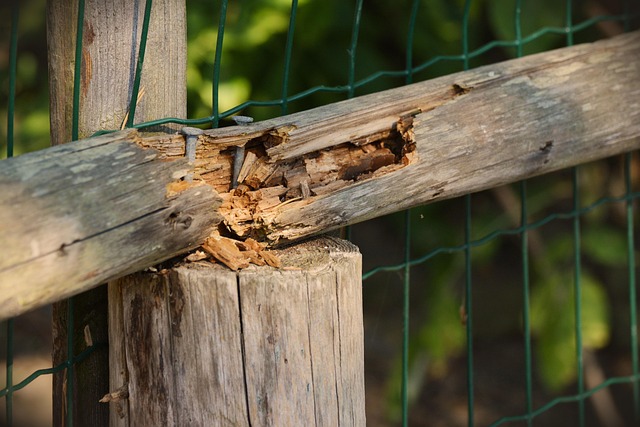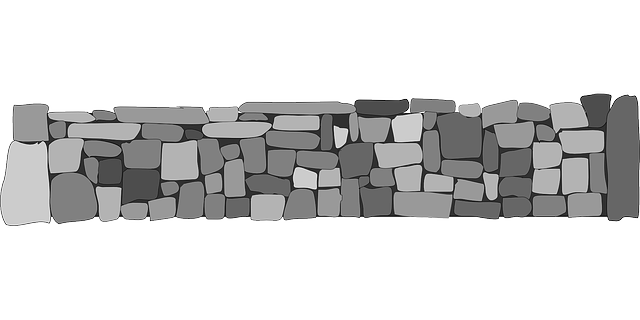Slab foundations, despite their durability, are susceptible to various issues like cracks, settlement, and heave due to soil movement, improper construction, or extreme weather. Early identification through routine inspection is crucial for effective concrete repair techniques. Damage symptoms require tailored methods such as patching, epoxy injection, underpin installation, or complete replacement. Choosing qualified professionals with a proven track record, using modern techniques, and providing warranties ensures long-lasting solutions. Preventative measures like regular inspections, maintenance contracts, proper compaction, reinforcement, and drainage extend the lifespan of concrete foundations.
Slab foundation repair is a critical aspect of maintaining the structural integrity of any building. This comprehensive guide delves into the world of concrete repair, exploring common issues like settlement cracks, heave damage, and uneven floors caused by various factors such as soil conditions and construction defects. We’ll discuss different types of slab damage, evaluation methods, effective repair techniques, and the importance of selecting qualified professionals for long-lasting solutions. Understanding these key aspects is essential for addressing concrete repair needs promptly.
Understanding Slab Foundation Issues

Slab foundation issues are common problems that can arise due to various factors, often requiring expert attention for effective concrete repair. Over time, soil movement, improper construction, or exposure to extreme weather conditions can lead to cracks, settlement, or uneven floors. Identifying these problems early is crucial as they can range from minor aesthetics to significant structural damage.
The foundation acts as the cornerstone of any building, and when it’s compromised, the entire structure is at risk. Concrete repair techniques are employed to address these issues, ensuring stability and longevity for structures built on slab foundations. By understanding the root causes and implementing appropriate solutions, homeowners and builders can prevent further deterioration and maintain a safe living environment.
Causes of Concrete Repair Needs

Slab foundations, while sturdy, can face various issues over time that lead to concrete repair needs. One of the primary causes is settlement, where the soil beneath the slab compresses or expands due to factors like water absorption or dry conditions. This misalignment can create cracks in the concrete, leading to structural instability and potential damage to any structures built on top.
Another common cause is damage from tree roots, which can intrude into the concrete through tiny cracks, causing heaving and cracking. Moreover, extreme weather conditions, such as prolonged droughts or heavy rainfall, can contribute to concrete repair requirements by putting stress on the foundation due to ground movement and water pressure. These issues underscore the importance of regular inspection and prompt action for effective concrete repair.
Types of Slab Foundation Damage

Slab foundation damage can manifest in various ways, each requiring specific concrete repair techniques. Some common types include cracks, which can be hairline or wide and may run straight or diagonally, indicating stress points in the slab. Bulges or dips in the surface are also indicative of foundational issues, often caused by soil settlement or underground water activity. Heave, where parts of the slab rise due to soil expansion, can lead to uneven floors and doors that stick. These problems demand prompt attention from professionals who specialize in concrete repair to prevent further damage and ensure structural integrity.
Evaluating the Extent of Repairs

When assessing slab foundation issues, a thorough evaluation is crucial for effective concrete repair. This involves carefully inspecting the affected area to determine the severity and extent of damage. Professionals skilled in concrete repair will look for signs such as cracks, uneven surfaces, or noticeable settlement, which can indicate structural compromises.
A detailed analysis includes identifying the type and pattern of damage, considering factors like age, construction, and environmental conditions. This process helps in tailoring the repair methods accordingly, ensuring that any solution is tailored to address the specific needs of the slab foundation.
Common Methods for Slab Repair

When it comes to slab repair, several common methods are employed depending on the extent of damage and specific needs. One popular approach is concrete repair, which involves patching or replacing damaged areas to ensure structural integrity. This process often starts with identifying the source of the problem, such as cracks, heaves, or settlements, through thorough inspections.
For smaller cracks or damages, a simple yet effective method is epoxy injection. This technique injects a mixture of epoxy and aggregate into the crack, providing long-lasting strength and preventing further damage. For larger issues, underpin installation might be necessary. This involves installing support beams or piers beneath the slab to stabilize it and prevent additional shifting. In severe cases, complete replacement of the slab may be required, which entails cutting out the damaged section and pouring a new concrete slab.
Choosing the Right Repair Professionals

When considering slab foundation repair, selecting the right professionals is paramount. It’s crucial to look for experts who specialize in concrete repair and have a proven track record. Ask for references, check their credentials, and ensure they employ up-to-date techniques and materials to guarantee long-lasting results.
The right team will assess your specific slab issues, whether it’s cracks, settlement, or heave, and provide tailored solutions. They should offer transparent estimates, clearly explain the repair process, and provide post-repair warranties to give you peace of mind.
Preventative Measures and Long-Term Solutions

Preventative measures play a crucial role in slab foundation repair, offering long-term solutions for concrete structures. Regular inspection is key; identifying issues early can prevent minor cracks from becoming major structural problems. Professional assessment and maintenance contracts are recommended to address potential concrete repairs promptly. Implementing proper drainage systems around the building ensures excess water does not accumulate beneath the slab, which could lead to widespread damage over time.
Additionally, ensuring adequate compaction and reinforcement during initial construction is essential. Properly designed and installed rebar reinforcement bars enhance the overall strength of the slab, making it more resistant to cracks and settled areas. Regular concrete repair, including filling small cracks and holes, contributes to maintaining structural integrity, preventing further deterioration, and extending the life of your foundation.
